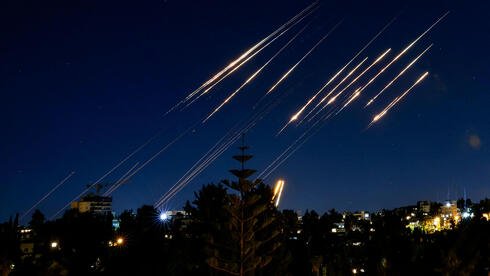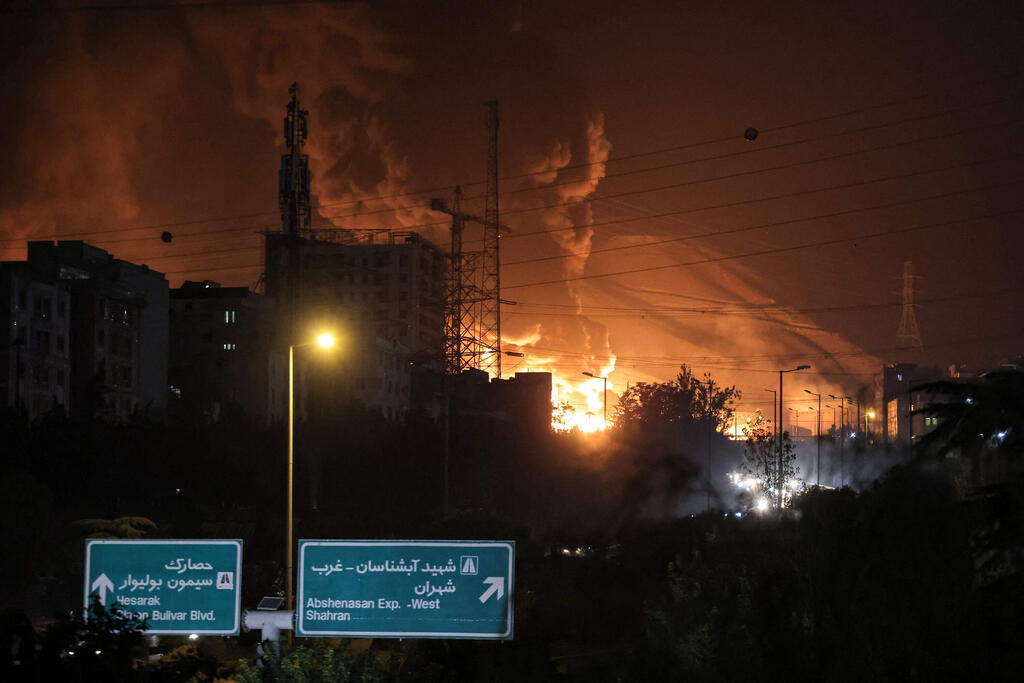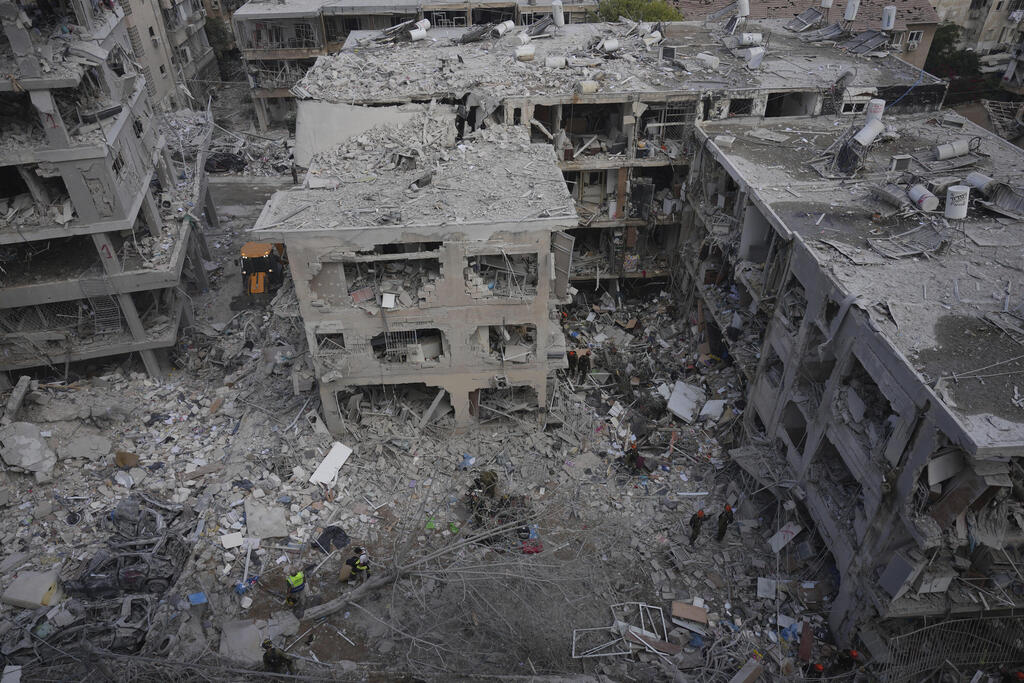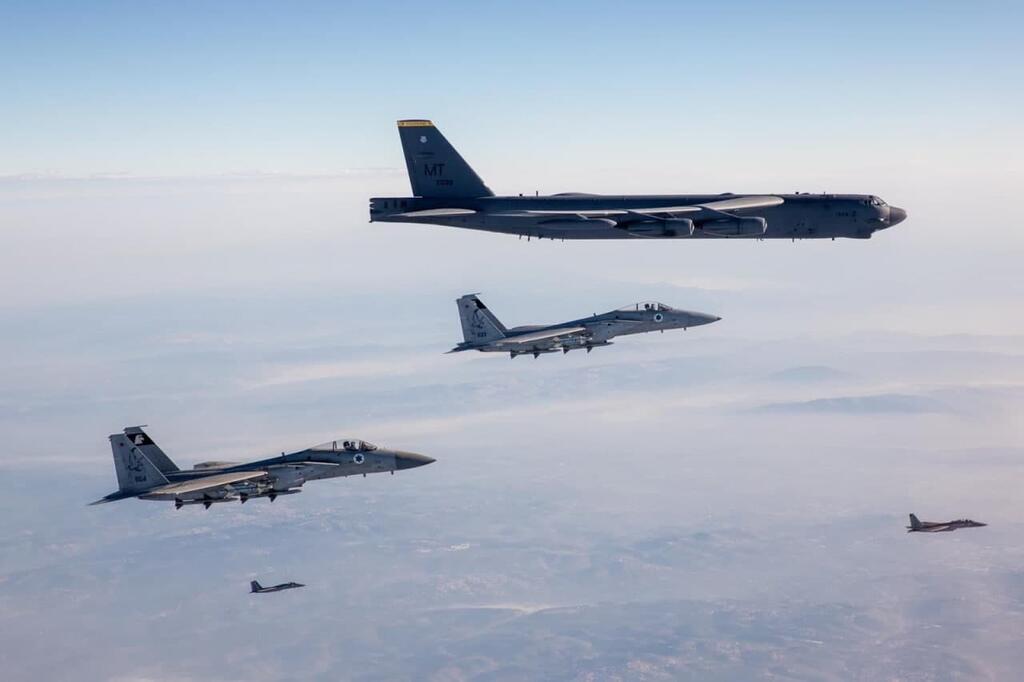The Israeli Air Force faces an enormous task: “peeling away”—as officials describe it—the natural and military fortifications protecting Iran’s nuclear facilities, which are spread throughout a country roughly 80 times the size of Israel. Only then, they say, can significant damage be inflicted on Tehran’s nuclear program.
U.S.-made bunker-busting bombs—“the only ones of their kind in the world,” according to Israeli sources—could drastically shorten this effort, “if President Donald Trump gives the green light.” These rare munitions, which Israel does not possess, are capable of striking deeply buried facilities like Fordow.
To that end, Israel is calling on the United States to provide what officials term the “finishing leg”—a decisive aerial strike on deeply buried sites using American B-2 or B-52 bombers. Until then, the IDF is executing a multi-stage operation that seeks to erode Iran’s strategic capabilities on multiple fronts.
The current operational bundle includes:
-
Heavy damage to Iran’s ballistic missile capabilities
-
Assassinations of senior defense officials
-
Crippling Iran’s air defense array, which one official said now allows Israeli pilots to “fly over Tehran as if circling over Jabaliya”
-
Presenting a credible threat to decapitate Iran’s governing leadership
-
Targeting national infrastructure, including oil depots
A Western expert told Ynetnews: “It appears the Israeli Air Force is operating under a structured and effective plan targeting the nuclear facilities, which are the core mission.” But he noted that “Iran is huge, and there are 5,000 to 10,000 relevant targets—air defense, ballistic missiles, command posts—so this will take time, and even then, the results may not be optimal.”
The source said what could shift the outcome in Israel’s favor is “deep intelligence—if the IDF knows the exact locations of all Iran’s nuclear facilities, some of which are protected by hundreds of meters of natural shielding.”
He added, “Another key to breaking through Iran’s nuclear defenses is opening up Iranian skies—probably the most central mission the Air Force has worked on since the beginning. Locating, destroying and clearing Iran’s advanced air defense array allows free flight not only over Tehran, as the IDF’s top brass announced yesterday, but more importantly, it enables close-up strikes against hardened targets. Those are far more effective than long-range strikes, since the pilot can see the target, circle above it, and ‘dig into it’ with his munitions.”
Indeed, officials have highlighted this tactic—what they call “digging in”—as essential to the next phases of the war. These precision, close-range strikes are designed to defeat even Iran’s most fortified targets.
According to the IDF, “Regardless of how or when this war ends, and even if it drags into a war of attrition, from now on, Iran’s skies will be open and vulnerable to frequent Israeli air force attacks—almost like in Beirut or Damascus.”
“They’re likely saving them for later phases or for a final blow,” one expert said. “They don’t have many of the heavy missiles or cruise missiles, and even those face a not-bad Israeli-American response. But they’ll be used eventually.”
The expert described Iran’s Khorramshahr missile—known in its latest version as Kheibar—as one of its most destructive, though produced in limited numbers due to cost. “It’s two to three times more expensive to make than a comparable Arrow missile. But the blast effect is about 20% greater than the medium-range missiles Iran has already used.”
According to Israeli defense sources, “We expected this level of destruction. The Iranians have a lot of launchers, which makes tracking them hard.” They added that even the U.S. does not manufacture interceptors quickly enough—“only a few dozen THAAD missiles are made annually, for example.”
The IDF noted that in some cases, Iranian missiles were allowed to fall because they landed in open areas and posed no risk to civilians or infrastructure.
On the drone front, Iran launched around 100 UAVs in an initial Friday morning barrage—most of which were intercepted before entering Israeli airspace. Since then, Iran has shifted from swarms to sporadic launches. These too have been intercepted, sometimes by helicopter gunships.
One Western expert attributed the improvement to “long-term study of last April’s swarm attacks,” noting, “An Iranian drone takes about 10 hours to reach Israel. Results so far are excellent. Ukraine, for comparison, manages to intercept only about 50% of the same Iranian drones Russia uses.”
He warned that Iran’s decision to target civilian population centers could prove a strategic error. “They’re also aiming at air force bases, which are still functioning fully on all operational levels.”
While Israeli officials hope their solo campaign can delay Iran’s nuclear program for several years—or pressure Tehran into a better nuclear agreement—they concede that success may ultimately depend on Washington.
“If the U.S. does not provide the ‘finishing leg,’” one official told Ynetnews, “we hope our operational package will suffice to push Iran’s program back by years—or bring them to a better deal.”






